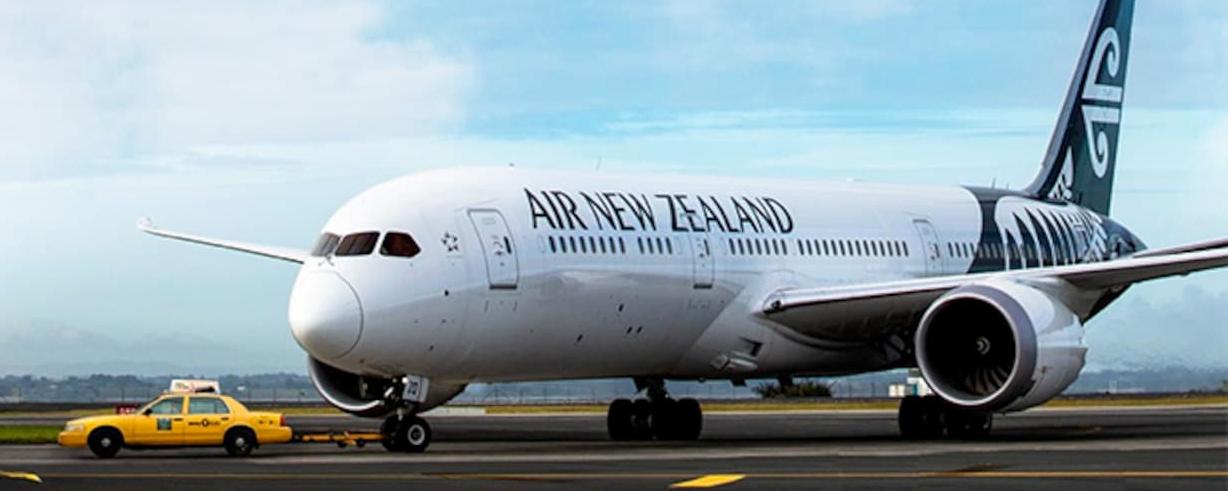
2 minute read
ETIHAD AIRWAYS GOES GREEN, TODAY!
While a number of airlines are taking steps to go green in the future, few are able to execute on these to limit their emissions today. Over the last few years, Etihad has taken the task of going green with sincerity, exploring new technologies and future paradigms of net-zero flying. Few airlines are doing as much to fly carbon-neutral today as the national airline of the United Arab Emirates.
For example, in October 2021, Etihad ran a test flight (EY20) from London Heathrow to Abu Dhabi with 72% reduced carbon emissions compared to an equivalent 2019 flight. In 2022, the airline went even further. They operated a flight from Tokyo to Abu Dhabi using a 40% blend of SAF supplied by ITOCHU Corporation and NESTE. It became not only the first international airline to procure SAF in Japan but also represented the first delivery of 50,000 gallons of SAF, entirely produced in Japan, which will be used to fuel aircraft in the near future.
On 13 November, Etihad also flew their “first net zero carbon flight” from Washington to Sharm-El-Sheik for COP27, claiming 10,000 km of emission-free flight. Recently, the airline was also recognised as Environmental Airline of the Year for 2022 in the Airline Excellence Awards.
While it may seem like all of these are statistics for the corporate website, staff on an Etihad A350 in London could recently talk knowledgeably about sustainability issues, including the on-board features and the reduction of the use of single-use plastic.
The sustainability message has filtered down throughout the organisation, and it’s something that passengers increasingly care about.
As a result, it is good to see that staff at all levels of the airline recognise the importance of it, and this is something we expect to see from more and more airlines going forward. Etihad Airways nails Brand eXecution when it comes to its sustainability efforts.
Creating a brand X-factor is something that puts an airline in a league of its own and creates a halo around the brand. These are often the nuances that ensure that the airline stands apart from the competition and often lead to a cult status among its customers. Examples from other industries would be Harley-Davidson motorcycles and Apple products. Those who buy them swear by them. In the airline world, AirAsia, Singapore Airlines, and Southwest are outstanding examples of brands that have created an X-factor.
The common denominator in all of these examples is the creation of a brand icon, such as Tony Fernandes at AirAsia, the Singapore Girl at SIA, and safety videos at Air New Zealand. Such icons often defy logic and create a magical attraction toward the brand. Better still, these icons can be leveraged to project the brand in ways generally difficult to articulate through traditional means. An ever-smiling Tony Fernandes can be seen at all AirAsia events, SIA’s advertisements show more elegantly uniformed Singapore Girls than actual planes. Every airline doing a funny safety video is compared to Air New Zealand’s latest edition.

Something else that airlines do to create a warm feeling among their customers is to emphasise their net social impact by proactively managing their social and ethical stance. Great examples of this include AirAsia’s free service to carry relief aid to Myanmar immediately after the cyclone Nargis ravaged the country or the work being done by the AirAsia foundation. Finnair’s Helena Kaartinen put smiles on the faces of slum-dwelling children in Mumbai by teaching them a dance and taking them on a flight to Delhi. Both of these initiatives reflect the dexterity and ingeniousness on the airlines’ part to go beyond their everyday operations and make a positive impact on the society. It is efforts like these, which help gain the respect of current and future customers.
The X-factors add a personality to the brand. After all, personality inspires trust; and trust builds loyalty.







